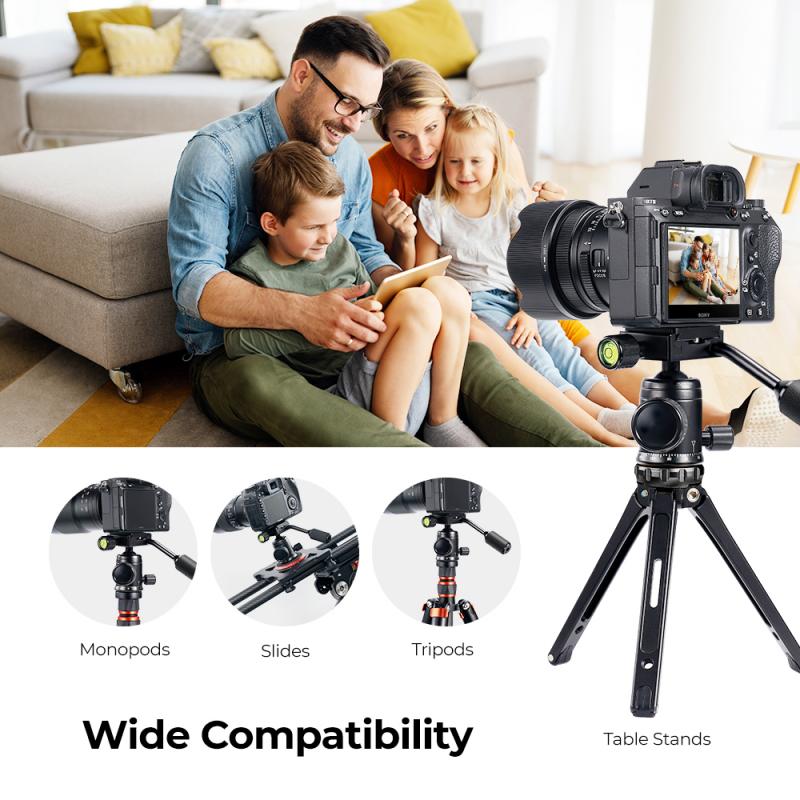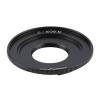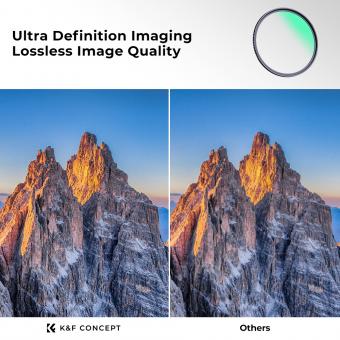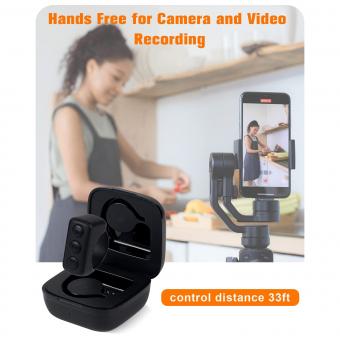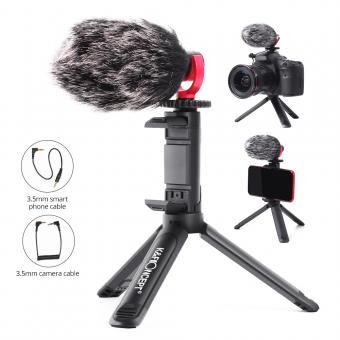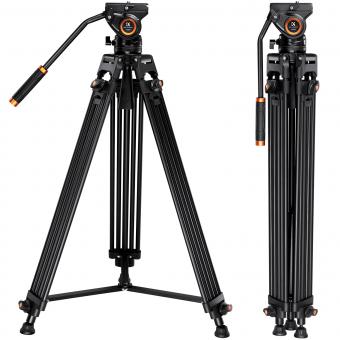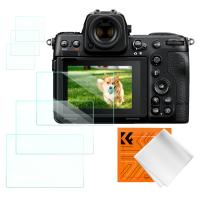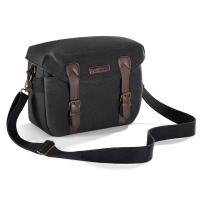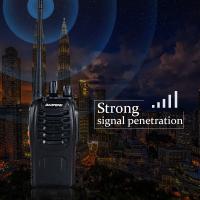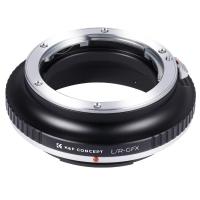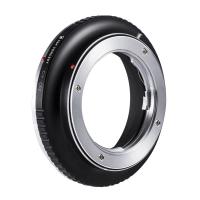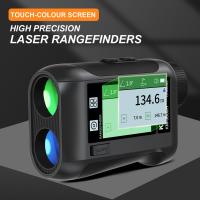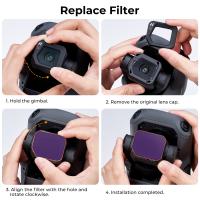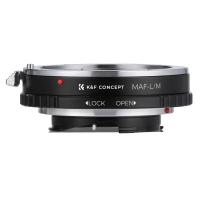How To Use Camcorder For Live Streaming ?
To use a camcorder for live streaming, you will need to follow these steps:
1. Connect your camcorder to your computer using a USB or HDMI cable.
2. Make sure your camcorder is powered on and set to the appropriate mode for live streaming.
3. Open your preferred live streaming software on your computer.
4. In the software, select your camcorder as the video source.
5. Configure the settings for your live stream, such as resolution, frame rate, and bitrate.
6. Set up your audio source, either using the built-in microphone on the camcorder or an external microphone connected to your computer.
7. Start your live stream and monitor the video and audio quality.
8. Interact with your audience and adjust settings as needed during the live stream.
9. When you're finished, stop the live stream and disconnect your camcorder from the computer.
Remember to check the specific instructions for your camcorder and live streaming software, as the steps may vary slightly depending on the models and software you are using.
1、 Setting up your camcorder for live streaming
Setting up your camcorder for live streaming can be a great way to share your experiences and events with a wider audience. With the advancements in technology, it has become easier than ever to stream live video content. Here's a step-by-step guide on how to use a camcorder for live streaming:
1. Choose the right camcorder: Ensure that your camcorder has the necessary features for live streaming. Look for models that have built-in Wi-Fi or HDMI output, as these will make the streaming process much smoother.
2. Connect to the internet: Make sure you have a stable internet connection. If your camcorder has built-in Wi-Fi, connect it to your home network. Alternatively, you can use an Ethernet cable to connect your camcorder directly to your router.
3. Set up a streaming platform: Choose a streaming platform that suits your needs. Popular options include YouTube Live, Facebook Live, and Twitch. Create an account and familiarize yourself with the platform's settings.
4. Configure your camcorder settings: Access your camcorder's settings menu and adjust the resolution, frame rate, and audio settings according to your streaming platform's requirements. It's important to ensure that your camcorder is compatible with the platform you're using.
5. Connect your camcorder to your computer: If your camcorder has HDMI output, connect it to your computer using an HDMI cable. This will allow you to use your computer as a capture device for streaming.
6. Set up streaming software: Install streaming software on your computer, such as OBS Studio or XSplit. These programs will help you manage your stream and add overlays, graphics, and other elements to enhance your live stream.
7. Start streaming: Open your streaming software and configure the settings to match your camcorder's output. Once everything is set up, start your stream on the chosen platform and begin sharing your content with your audience.
It's worth noting that the latest point of view in live streaming is the increasing popularity of mobile streaming. Many smartphones now have high-quality cameras and built-in streaming capabilities, making it even easier to go live on platforms like Instagram Live or Periscope. Additionally, some camcorders now offer live streaming directly to social media platforms, eliminating the need for a computer or additional software. Always stay updated with the latest features and advancements in camcorder technology to make the most out of your live streaming experience.
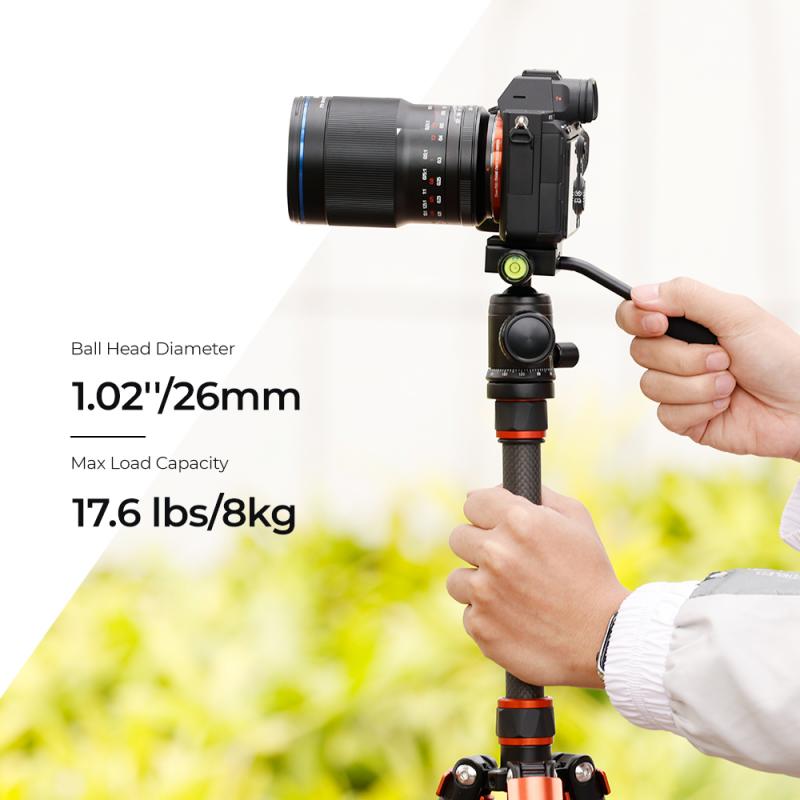
2、 Connecting your camcorder to a computer or streaming device
To use a camcorder for live streaming, you need to connect it to a computer or a streaming device. Here's a step-by-step guide on how to do it:
1. Check your camcorder's output options: Most modern camcorders have HDMI or USB outputs. Make sure your camcorder has one of these options.
2. Connect your camcorder to a computer: If your camcorder has a USB output, you can connect it directly to your computer using a USB cable. Once connected, your computer should recognize the camcorder as a video source.
3. Connect your camcorder to a streaming device: If your camcorder has an HDMI output, you'll need an HDMI capture card or a video capture device to connect it to your computer. These devices allow you to capture the video signal from your camcorder and stream it to your preferred platform.
4. Install streaming software: To stream your camcorder's video, you'll need streaming software like OBS (Open Broadcaster Software) or XSplit. These programs allow you to configure your video and audio settings, add overlays, and stream to platforms like YouTube, Twitch, or Facebook Live.
5. Configure your streaming software: Once you have your streaming software installed, you'll need to configure it to recognize your camcorder as a video source. In OBS, for example, you can add a new video capture device and select your camcorder from the list of available sources.
6. Start streaming: Once everything is set up, you can start streaming by clicking the "Start Streaming" button in your streaming software. Make sure to test your stream beforehand to ensure everything is working properly.
It's worth noting that the latest point of view in live streaming is the rise of smartphone cameras as a popular choice for live streaming due to their convenience and high-quality video capabilities. Many smartphones now have built-in live streaming features, making it easier than ever to go live on platforms like Instagram, Facebook, or YouTube. However, if you prefer using a camcorder for live streaming, the steps mentioned above should help you get started.
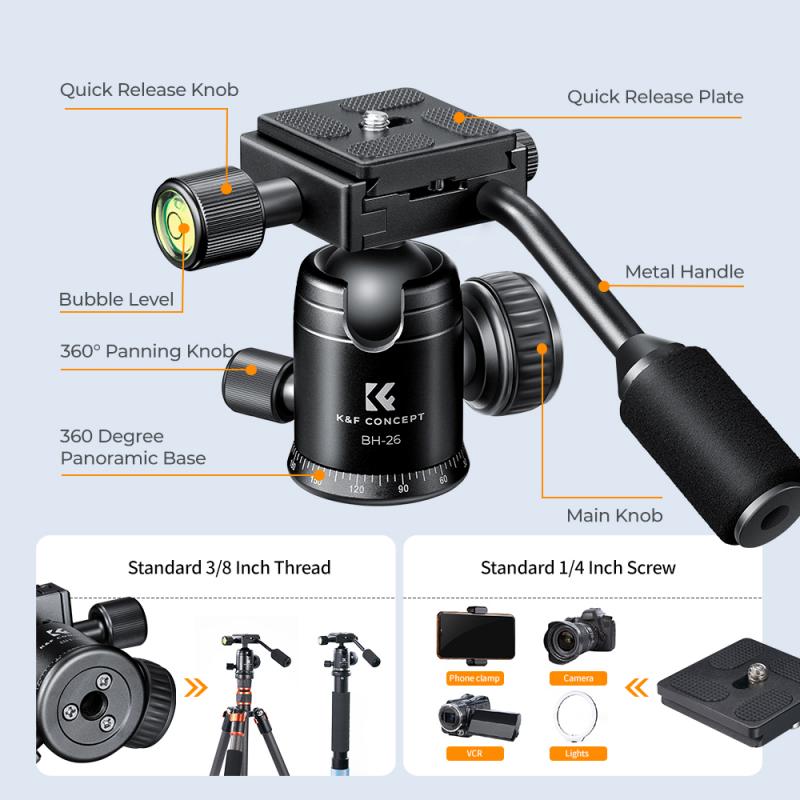
3、 Configuring streaming settings on your camcorder
To use a camcorder for live streaming, you need to configure the streaming settings on your device. Here's a step-by-step guide on how to do it:
1. Connect your camcorder to a computer or a streaming device using a USB or HDMI cable. Ensure that your camcorder is recognized by the computer.
2. Install any necessary drivers or software that may be required for streaming. Check the manufacturer's website for the latest drivers and software updates.
3. Open your preferred streaming software on your computer. Popular options include OBS Studio, XSplit, or Wirecast. These software programs allow you to control the streaming settings and manage your live stream.
4. In the streaming software, locate the settings or preferences section. Look for the option to add a video source or camera input. Select your camcorder from the list of available devices.
5. Adjust the streaming settings according to your preferences. This includes selecting the desired resolution, frame rate, and bitrate for your live stream. Higher settings will result in better video quality but may require a stronger internet connection.
6. Configure the audio settings. Choose the audio input source from your camcorder's built-in microphone or an external microphone connected to the camcorder.
7. Set up your streaming platform. Create an account on a streaming platform such as YouTube, Twitch, or Facebook Live. Obtain the streaming key or URL from the platform and enter it into your streaming software.
8. Start your live stream. Ensure that your camcorder is powered on and in the correct mode for streaming. Press the "Start Streaming" or similar button in your streaming software to begin broadcasting.
Remember to test your setup before going live to ensure everything is working properly. Additionally, always check for the latest firmware updates for your camcorder and streaming software to take advantage of any new features or improvements.
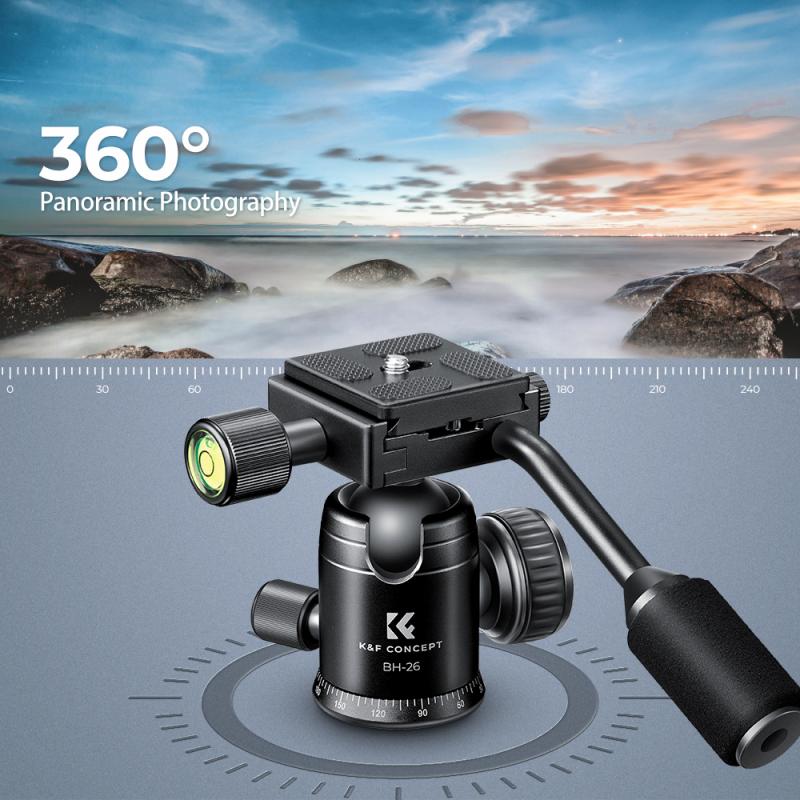
4、 Choosing the right streaming platform for your needs
To use a camcorder for live streaming, you will need to follow a few steps:
1. Connect your camcorder to your computer: Most camcorders have an HDMI or USB output that can be connected to your computer. Use the appropriate cable to connect the camcorder to your computer.
2. Install streaming software: There are several streaming software options available, such as OBS Studio, XSplit, or Wirecast. Install the software on your computer and follow the setup instructions.
3. Configure the streaming software: Open the streaming software and configure the settings according to your camcorder's specifications. This may include selecting the camcorder as the video source and adjusting the resolution and frame rate.
4. Connect to a streaming platform: Choose a streaming platform that suits your needs. Popular options include YouTube Live, Twitch, Facebook Live, or Periscope. Create an account and follow the platform's instructions to set up your live stream.
5. Start streaming: Once everything is set up, start your live stream from the streaming software. Make sure your camcorder is powered on and set to the appropriate mode for live streaming.
Choosing the right streaming platform for your needs is crucial for a successful live stream. Consider factors such as your target audience, the type of content you want to stream, and the platform's features and audience reach.
YouTube Live is a popular choice for its wide audience reach and integration with other Google services. Twitch is known for its focus on gaming and has a dedicated community of gamers. Facebook Live offers a large user base and the ability to reach your existing Facebook followers. Periscope is a live streaming platform integrated with Twitter, making it suitable for reaching a Twitter audience.
It's important to stay updated with the latest developments in the live streaming industry. Platforms like Twitch and YouTube Live are constantly evolving, introducing new features and improving their streaming capabilities. Stay informed about these updates to ensure you are using the most up-to-date tools and features for your live streaming needs.
